Takarazuka: Japan’s Amazing All-Female Troupe
A Guide To Japan's Most Unknown Cultural Gem
Behind the pop lights and dazzling costumes, Japan's all-female troupe Takarazuka Revue remains covered in veil, despite having been around for over a century. This year, however, Takarazuka is taking on a new challenge, aimed at breaking boundaries and raising awareness of its cultural importance. And we say: it's about time.
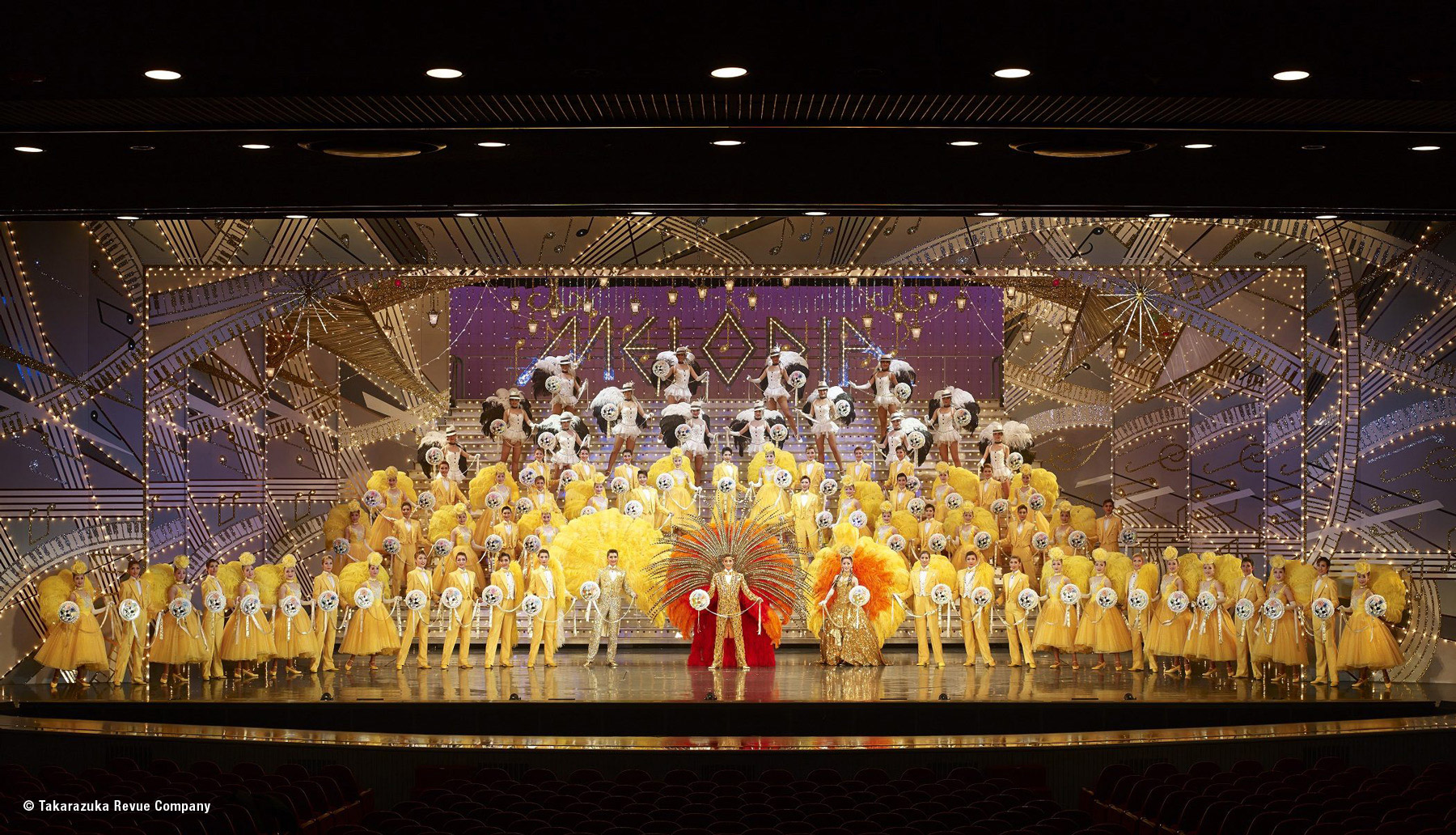
History & Background
The Takarazuka Revue, or simply Takarazuka, is not only a difficult word to pronounce for foreigners, but is also a performing art that is still largely unknown to many. Composed entirely of single women, this unique theatrical company was established as an entertainment troupe by the founder of Hankyu Railway Co. to promote their hot spring resort in the district of Takarazuka in Hyogo Prefecture a century ago. Now, Takarazuka performs 1,500 shows a year and boasts a performing crew of about 400 fabulous Takaraziennes.
Takarazuka performs 1,500 shows a year and boasts a performing crew of about 400 fabulous Takaraziennes.
Despite its long history and the fact that all Japanese know of this traditional form of art, not many have actually seen the shows. The reason could be that the tickets are expensive, difficult to buy or because it’s such an “exclusive” world. Takarazuka, however, is more approachable than we think and is a must see, because it’s nothing like the normal showbiz scene or any other traditional Japanese performances.
Discipline, Purity, Honesty & Beauty
In order to perform in the theater, the girls must enroll in Takarazuka Music School, the standards of which are extremely competitive. Every year, there are about a thousand applicants — ultimately only 50 get in. The applicants must be 15 to 18 years old and there are three steps to the exam in total, all of which must be passed with excellence. That is exactly why most of the girls start taking singing, dancing and acting lessons from a very early age.
Once they get in, freshmen must follow the academy’s intensely strict regulations that extend outside the school. They are encapsulated in their school motto: “Purity, Honesty, Beauty,” and are subject to severe discipline and hierarchical rules. To name a few, freshmen must take the very last car on trains on their way to school (being in front of senpai, or seniors, is prohibited) and there is no talking allowed; they should walk in a line of two from the dormitories without talking to classmates; they should never wear any red or colorful items; they should not take short cuts in the hallways and they should clean up all musical instruments and facilities so precisely that there isn’t a single finger mark left. Falling in love? Not an option, either. It’s that kind of a world.
So why would so many young Japanese women want to attend this school? It’s the ultimate prestige.
So why would so many young Japanese women want to attend this school? It’s the ultimate prestige. Their patience grows; they become obedient and well-mannered, their posture is perfected and they turn all the more lady-like. To add to that, they become one of the handful of top stars who are basically treated like queens in Japan. Most former top performers become famous actresses and pursue a lasting career in the entertainment business. Some of the best known names include Hitomi Kuroki, Yuki Amami and Rei Dan, all of whom have built impressive post-Takarazuka careers and are on TV at least once a day, be it a commercial or TV series. They are safe in the industry forever.
Troupes & Roles
The performers are divided into five main troupes: hana (flower), tsuki (moon), yuki (snow), hoshi (star) and sora (cosmos). There are approximately 80 performers in a troupe and they all come out on stage together at the climax. There is an additional senka troupe, or superior members, who can perform in any troupes upon request.
There may not be any perfect men in the real world but they exist in the world of Takarazuka fans.
Since all characters are performed by women, there are otokoyaku (male roles) and musumeyaku (female roles). Otokoyaku are most in demand — as far as fans are concerned — because they are the top stars. The top musumeyaku are also famous, but the Takarazuka fan base shifted to mostly women throughout its history, and that’s why inevitably, otokoyaku were praised. It’s the world of starry-eyed girls looking at their handsome princes, just as a scene from a shojo manga — girl’s comics. Those prince-like boys, the ideal men in a girl’s fantasy, are brought to life in the Takarazuka shows and raised to a pedestal.
There may not be any perfect men in the real world but they exist in the world of Takarazuka fans.
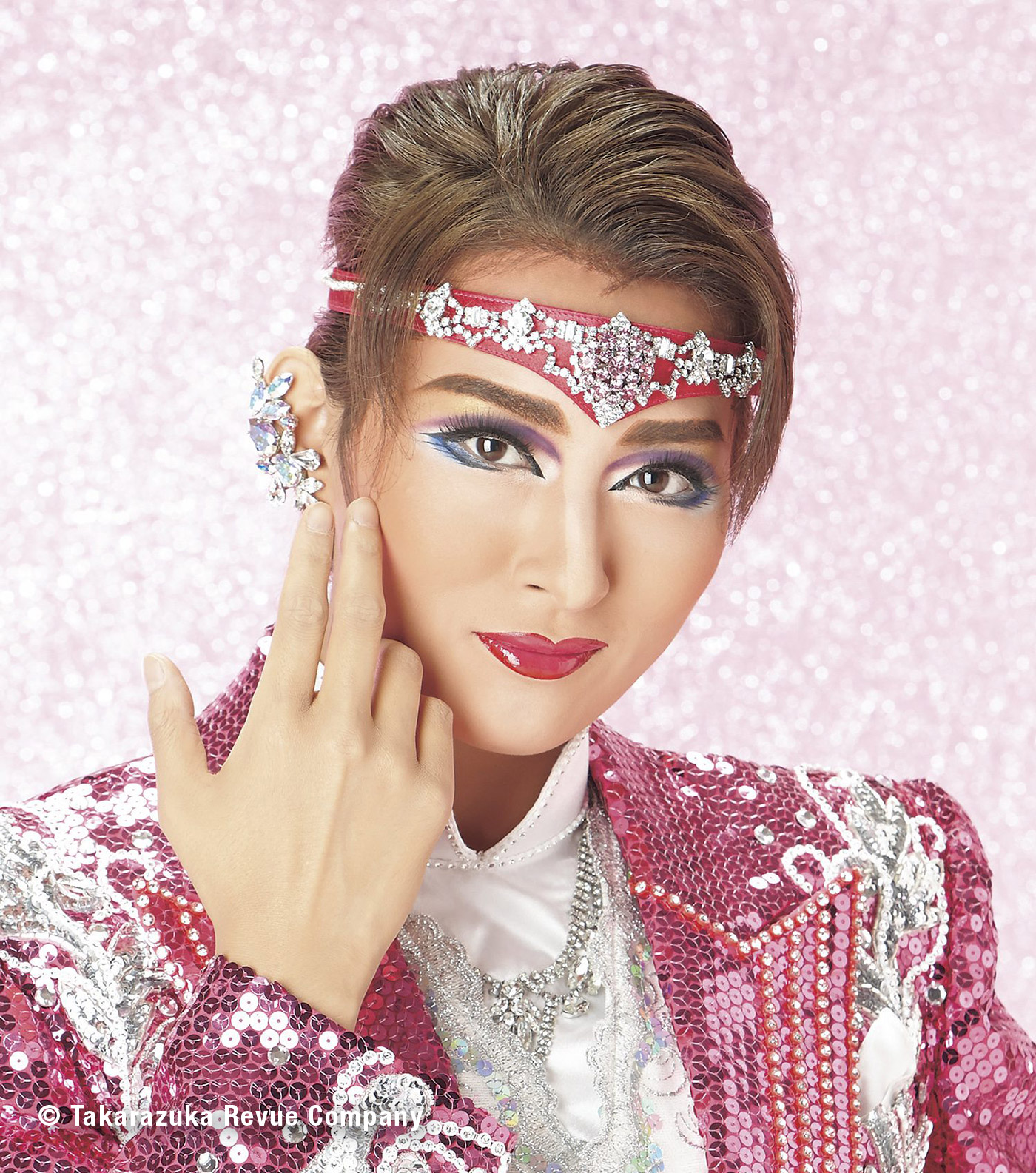
A Play and A Show
The performances usually consist of a play and a show. The “play” part is based on a well-known award-winning Japanese or overseas musical, novel, theatrical play or original musical. Notable works include adaptions of Pride and Prejudice, Casablanca, Madame Butterfly and King Arthur. The show, or revue, which is mostly singing and dancing, features dazzling dresses and props almost straight out of 18th-century Paris. The top stars wear massive feather decorations on their backs, which are sensational (and heavy – an average of 20 kilograms). Takarazuka’s famous grand staircase of 26 steps comes into play at the climax where performers descend without looking down.
The show, or revue, which is mostly singing and dancing, features dazzling dresses and props almost straight out of 18th-century Paris.
One of the most recent Takarazuka shows I had the chance to see was “Caleb Hunt, Private Eye,” a musical romance and “Greatest Hits!” The storyline was quite intertwined to the point that you had to deeply concentrate to distinguish the good versus bad characters. The story featured murder, the entertainment business, illegal immigrants, a Mexican mafia — and of course love. Like most of the troupe’s shows, it featured a mesmerizing collection of Western popular standards, which even included a Christmas song medley perfect for this season. And it was quick to take my breath away (or more like, leave my mouth open for the rest of the night).
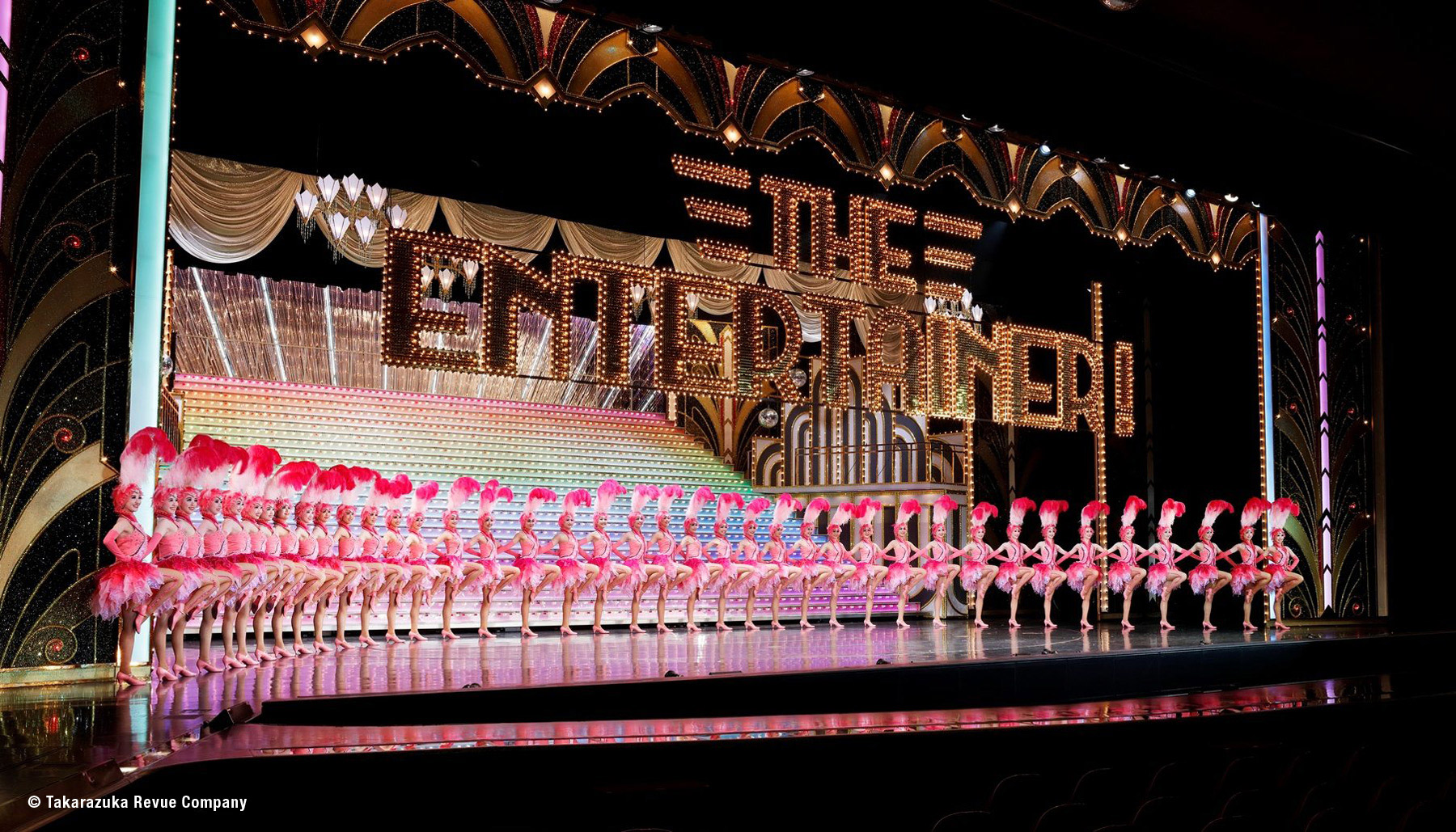
What to watch? Om Shanti Om
Now that you know about Takarazuka Revue, you probably wonder where, when and how you can see it. A highly anticipated Takarazuka Revue show that will mark the beginning of 2017 (and one I would love to recommend) is Om Shanti Om, an impressive adaptation of the massively popular 2007 Bollywood film. I won’t spoil the details here, but I can assure you that with Takarazuka’s ability to revive any films or theatrical plays, this unique adaptation will be as good as it gets — or even better. The show runs from Jan 13 to 15 at the Tokyo International Forum. (Editor’s note: Ticket sales ended on January 4. Please check Takarazuka’s website for upcoming performances.)
Other performances can also be viewed at the troupe’s Takarazuka Grand Theater in Hyogo Prefecture and Tokyo Takarazuka Theater near Yurakucho station, in addition to other tours and performances across the country.
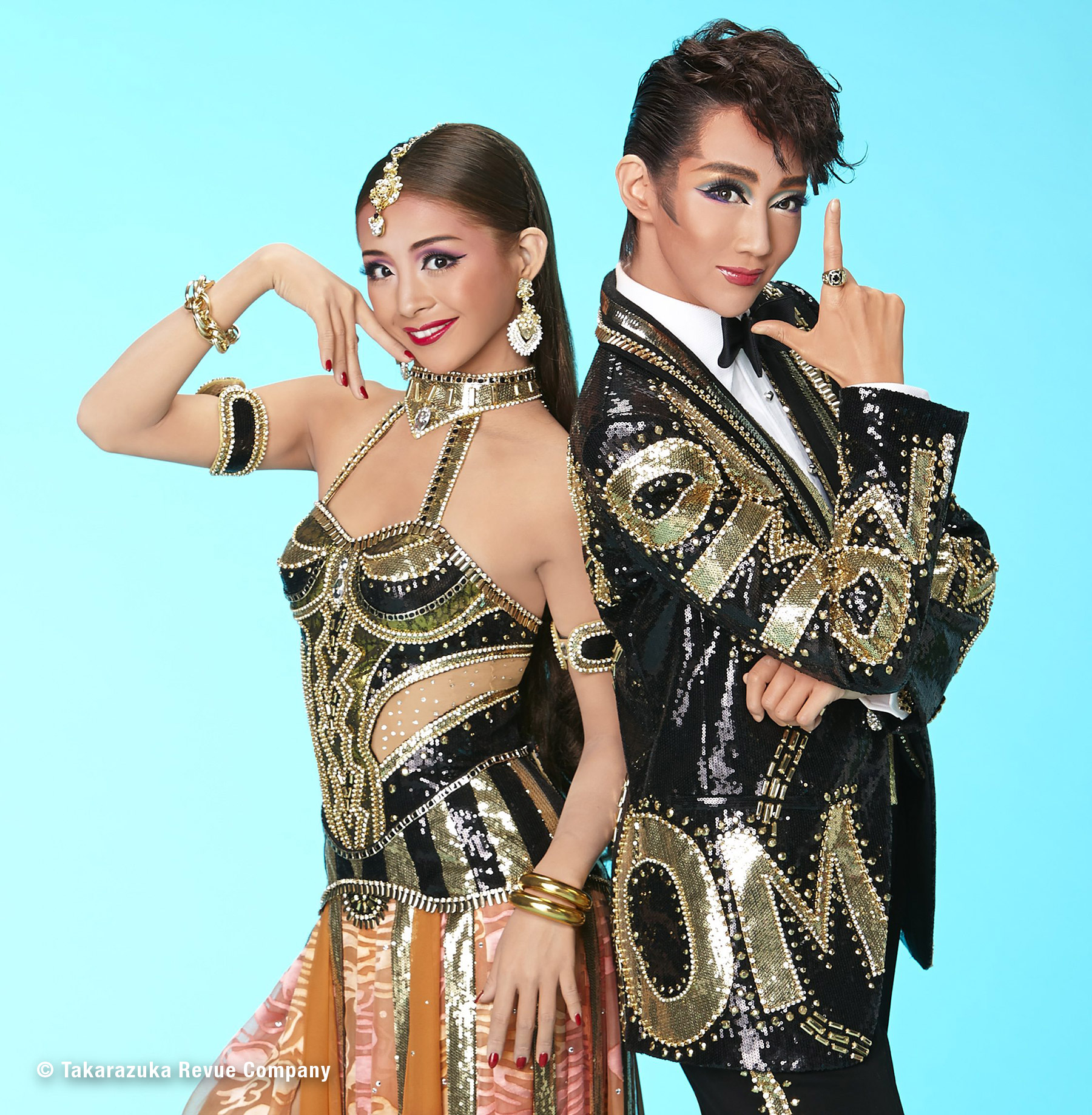
So whether you like musicals or not, you’ll find that Takarazuka Revue is far beyond your expectations. You don’t need to understand Japanese to watch the spectacle, so it’s definitely worth a visit at least once if you’re in Japan. This culturally essential hidden gem will held you feel and understand Japan to a whole new level — and will take you along its wondrous, and mysterious dream world. So sit, relax and enjoy the show. You won’t regret it.
Comments
Leave a Reply
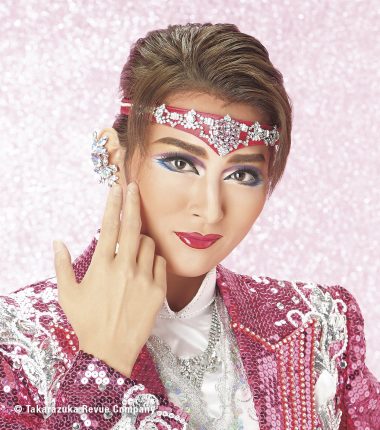
SPONSORED BY THE TAKARAZUKA REVIEW
Over the course of a century, the Takarazuka Revue has amused and moved audiences.











